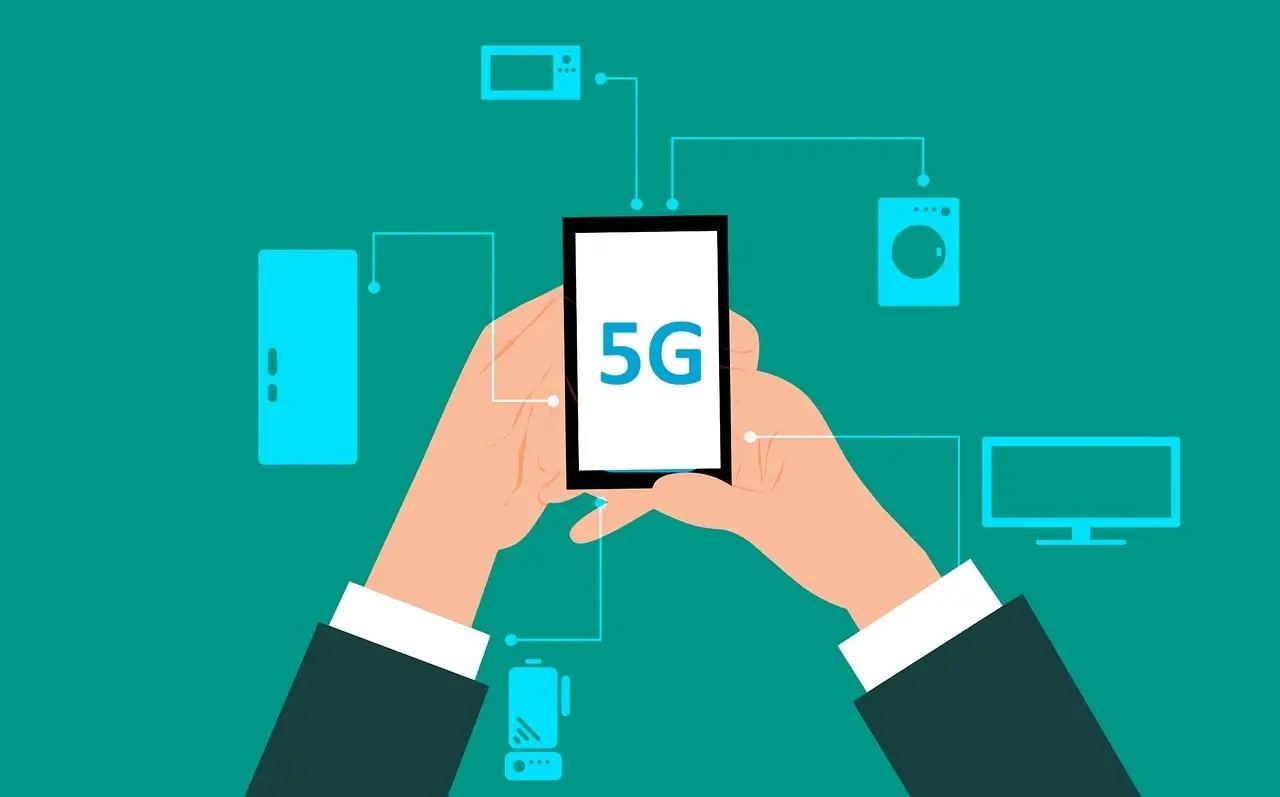As in every-evolving landscape of technology, 5G innovation stands at the forefront poised to revolutionize connectivity. 5G connectivity is a new global wireless network standard after 1G, 2G, 3G, and 4G networks. As we enter on this exciting voyage into the era of fifth-generation network technology, we dig into the domain of high-speed, low-latency, and ultra-level reliable connections. Here we explore the metamorphose potential of 5G connectivity, its implementations across various industries, and the opportunities it brings for a connected future.5G networks are virtualized and software driven.
Speed and Capacity:
5G offers significantly faster data transfer speeds compared to previous generations. In ideal conditions, users can experience download speeds ranging from 10 gigabits per second (Gbps) to 20 Gbps (gigabit per second) or more, and for upload, users can expect upload speeds ranging from 50 Mbps to 500 Mbps or higher. This allows for quicker downloads, seamless streaming of high-definition content, and better overall user experience.
Low Latency:
5G networks offer ultra-low latency, which is the time taken for data to travel between devices and the network. It can provide latency as low as 1 millisecond (ms), enabling real-time applications like autonomous vehicles, remote surgery, and virtual reality gaming.
Increased Network Capacity:
5G networks have higher capacity, meaning they can support a significantly larger number of connected devices in a given area. This is essential for the growing number of Internet of Things (IoT) devices and the increasing demand for connected services.
Network Slicing:
5G introduces the concept of network slicing, which allows network operators to partition their infrastructure into multiple virtual networks. Each slice can be tailored to specific use cases, such as autonomous vehicles, smart cities, or industrial applications, providing customized network services and performance.
Software-Defined Networking (SDN):
SDN separates the control plane from the data plane in network architecture, allowing network operators to centrally control and manage the network using software controllers. With SDN, operators can dynamically configure and optimize network resources, improve network efficiency, and provide better service quality.
New Frequency Bands:
5G utilizes a wider range of frequency bands, including both lower-frequency sub-6 GHz bands and higher-frequency mmWave (millimeter-wave) bands. The use of mmWave bands enables extremely high data transfer rates but has shorter range limitations and requires more infrastructure deployment.
Improved Reliability:
5G networks offer enhanced reliability and availability, reducing the likelihood of dropped connections or network disruptions. This is crucial for applications that require constant connectivity, such as critical infrastructure systems and emergency services.
Enabling Technologies:
5G relies on advanced technologies like Massive MIMO (Multiple-Input Multiple-Output), beamforming, and network densification to improve coverage, increase spectral efficiency, and enhance overall network performance.
Potential Applications:
5G is expected to revolutionize various industries and enable innovative applications. Some potential use cases include autonomous vehicles, smart cities, remote healthcare, augmented reality (AR) and virtual reality (VR), connected factories, and the Internet of Things (IoT).
It’s important to note that the deployment of 5G networks is an ongoing process, and its availability may vary across different regions and countries. Network operators and technology companies continue to expand their 5G infrastructure to provide the benefits of this next-generation network to users worldwide.



